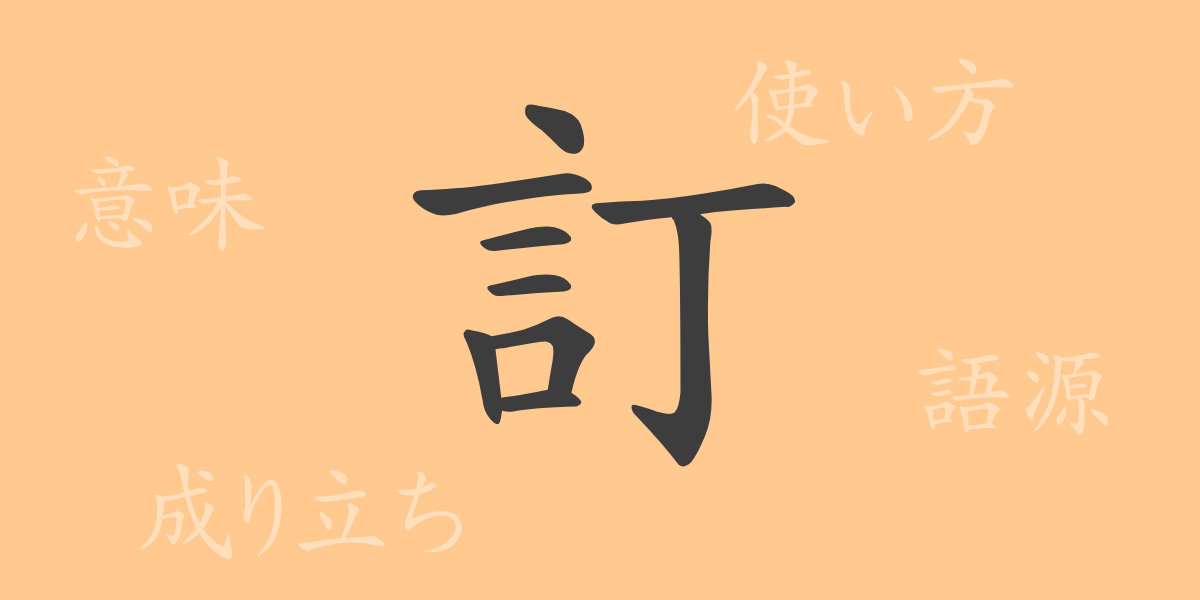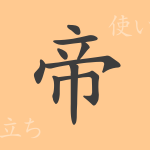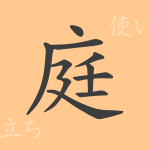The Japanese language, rich in its history and cultural significance, is deeply connected with the kanji characters that represent it. One such character, ‘訂(てい)’, has a profound story embedded in its structure and usage. This article delves into the origins, meanings, and applications of ‘訂’, illuminating the intricate ways this character enriches Japanese language and culture.
Origins of ‘訂(てい)’
The kanji ‘訂’ originated in ancient China. Its construction combines ‘言(ことば)’, representing speech, with ‘丁(ちょう)’, symbolizing actions or decisions. ‘丁’ was initially a depiction of driving a nail, signifying fixing or settling something in place. Thus, ‘訂’ came to mean correcting or fixing errors in words or agreements, essentially ‘to amend’ or ‘correct’.
Meaning and Usage of ‘訂(てい)’
‘訂’ encompasses meanings such as ‘to correct’, ‘to establish’, and ‘to amend’. In Japanese, it is frequently used in contexts like correcting documents or finalizing agreements. For example, one might use it in phrases like ‘契約を訂正する’ (to correct a contract) or ‘注文を訂正する’ (to amend an order), depending on the context.
Readings, Stroke Count, and Radical of ‘訂(てい)’
The kanji ‘訂’ offers insights into its significance through its readings and structural components:
- Readings: On’yomi (Sino-Japanese reading) is ‘テイ’; there are no commonly used Kun’yomi (native Japanese readings).
- Stroke Count: ‘訂’ consists of 9 strokes.
- Radical: Its radical is ‘言’ (ことばへん), associated with speech and words.
Phrases, Idioms, and Proverbs Using ‘訂(てい)’
‘訂’ appears in various idioms and phrases reflecting its themes of correction and establishment:
- 訂正(ていせい): To correct errors.
- 訂定(ていてい): To establish standards or criteria.
- 訂製(ていせい): To manufacture specifically according to an order.
- 訂読(ていどく): To officially determine the reading or interpretation of something.
Each term reflects the essence of ‘訂’, embodying the concepts of ‘correcting’ and ‘establishing’ within various contexts.
Conclusion on ‘訂(てい)’
The kanji ‘訂’ represents crucial concepts of correction and agreement in the Japanese language. Its usage in official documents and agreements underscores its indispensable role in daily life. This exploration has enhanced our understanding of ‘訂’, revealing the historical depth and practical applications that characterize this significant kanji.

























